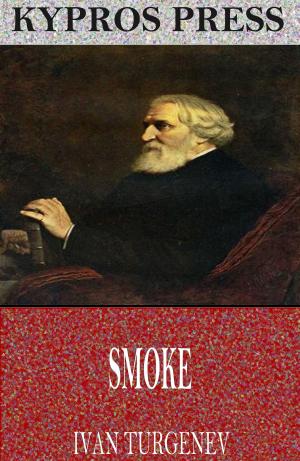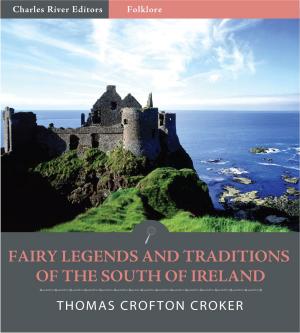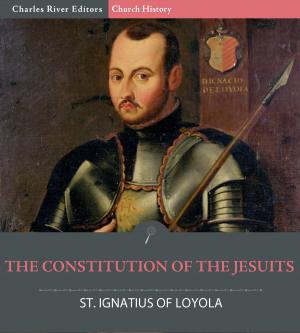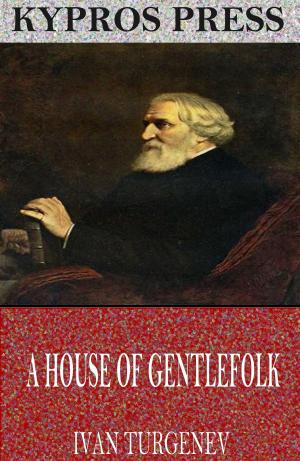Canute the Great and the Rise of Danish Imperialism during the Viking Age
Nonfiction, History, Scandinavia, Medieval, European General| Author: | Laurence Marcellus Larson | ISBN: | 9781619822337 |
| Publisher: | Charles River Editors | Publication: | February 9, 2012 |
| Imprint: | Language: | English |
| Author: | Laurence Marcellus Larson |
| ISBN: | 9781619822337 |
| Publisher: | Charles River Editors |
| Publication: | February 9, 2012 |
| Imprint: | |
| Language: | English |
Canute the Great, also known as Cnut, was a king of Denmark, England, Norway and parts of Sweden. Though after the death of his heirs within a decade of his own and the Norman conquest of England in 1066, his legacy was largely lost to history. Cnut was of Danish and Slavic descent. His father was Sweyn Forkbeard, King of Denmark Cnut's mother was the daughter of the first duke of the Polans, Mieszko I. As a prince of Denmark, Cnut won the throne of England in 1016 in the wake of centuries of Viking activity in northwestern Europe. His accession to the Danish throne in 1018 brought the crowns of England and Denmark together. Cnut held this power-base together by uniting Danes and Englishmen under cultural bonds of wealth and custom. After a decade of conflict with opponents in Scandinavia, Cnut claimed the crown of Norway in Trondheim in 1028. Canute the Great and the Rise of Danish Imperialism during the Viking Age consists of 15 chapters and 200 full length pages starting with the heritage of Canute and documenting the rise of the Danes in the 11th century. A table of contents is included for easier navigation.
Canute the Great, also known as Cnut, was a king of Denmark, England, Norway and parts of Sweden. Though after the death of his heirs within a decade of his own and the Norman conquest of England in 1066, his legacy was largely lost to history. Cnut was of Danish and Slavic descent. His father was Sweyn Forkbeard, King of Denmark Cnut's mother was the daughter of the first duke of the Polans, Mieszko I. As a prince of Denmark, Cnut won the throne of England in 1016 in the wake of centuries of Viking activity in northwestern Europe. His accession to the Danish throne in 1018 brought the crowns of England and Denmark together. Cnut held this power-base together by uniting Danes and Englishmen under cultural bonds of wealth and custom. After a decade of conflict with opponents in Scandinavia, Cnut claimed the crown of Norway in Trondheim in 1028. Canute the Great and the Rise of Danish Imperialism during the Viking Age consists of 15 chapters and 200 full length pages starting with the heritage of Canute and documenting the rise of the Danes in the 11th century. A table of contents is included for easier navigation.















